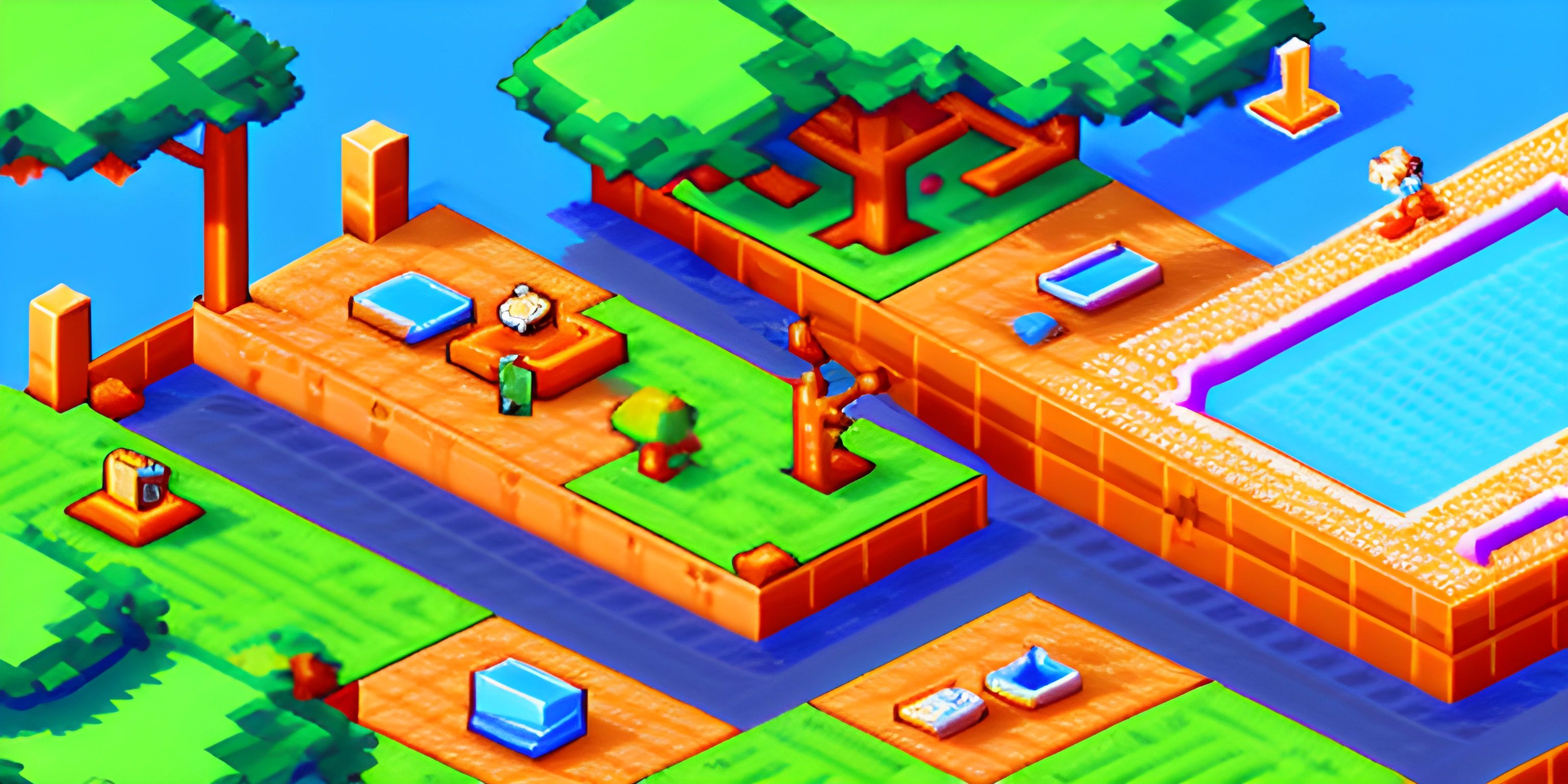Back-End Development

Note: this page has been created with the use of AI. Please take caution, and note that the content of this page does not necessarily reflect the opinion of Cratecode.
The internet is full of websites and web applications, but behind the beautiful front-end designs, there's a hidden world of hardworking elves called back-end developers. It's time to venture into the secret realm of back-end development and understand why it's crucial in building powerful web applications.
What is Back-End Development?
Back-end development refers to the server-side processes that fuel web applications. It's the magic happening behind the scenes, making the front-end experience possible. While the front-end developers craft the visuals and user interactions, back-end developers ensure that everything runs smoothly and efficiently under the hood.
Picture a restaurant: the front-end is the dining area and the menu, while the back-end is the kitchen and the chefs preparing the dishes. No matter how good the ambiance is, if the kitchen is a mess, the entire restaurant experience will be affected.
Back-end developers work with server-side languages, databases, and APIs to create a seamless experience for both the front-end developers and the end-users.
The Building Blocks of Back-End Development
There are three key components that back-end developers work with: server-side programming languages, databases, and APIs.
Server-side Programming Languages
Server-side languages are the tools that back-end developers use to create the logic that powers web applications. Some popular server-side languages include:
- Python: Known for its readability, Python has become one of the most popular languages for back-end development. With frameworks like Django and Flask, creating web applications with Python is a breeze.
- Node.js: It's not a language per se, but a runtime allowing JavaScript to be used on the server-side. It's fast, scalable, and goes hand-in-hand with front-end JavaScript development.
- Ruby: Ruby is another language loved for its readability and ease of use. Ruby on Rails is a powerful framework that has helped create many popular web applications, such as Airbnb and GitHub.
Databases
Databases store, organize, and manage the data that web applications rely on. Back-end developers interact with databases to create, retrieve, update, and delete data. There are two main types of databases:
- Relational Databases (SQL): These databases use tables and relationships to organize data. Popular relational databases include MySQL, PostgreSQL, and Microsoft SQL Server.
- Non-Relational Databases (NoSQL): These databases don't rely on tables and relationships, instead using various data models. Examples include MongoDB (document), Cassandra (columnar), and Redis (key-value).
APIs
APIs (Application Programming Interfaces) act as a bridge between different software components, allowing them to communicate and share data. Back-end developers create APIs to provide front-end developers with a secure and efficient way to access the data and functionalities they need.
The Importance of Back-End Development
Back-end development plays a crucial role in web applications for several reasons:
- Performance: Efficient back-end code ensures fast loading times and smooth user experiences.
- Scalability: A well-built back-end can handle high traffic and adapt to growing user bases.
- Security: Protecting sensitive data and user information is a critical responsibility of back-end developers.
- Integration: The back-end connects the front-end with essential services, such as databases and third-party APIs.
In conclusion, back-end development is the backbone of web applications, responsible for making everything run smoothly and securely. As a back-end developer, you'll be a mastermind working behind the scenes, creating the magic that powers the user experience.
Hey there! Want to learn more? Cratecode is an online learning platform that lets you forge your own path. Click here to check out a lesson: Full-stack Web Frameworks (Next.js) (psst, it's free!).





